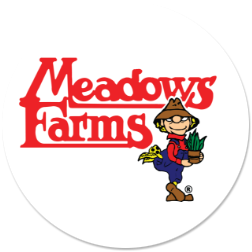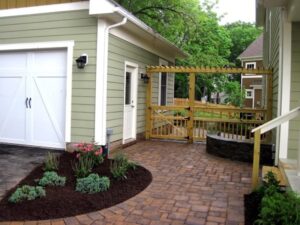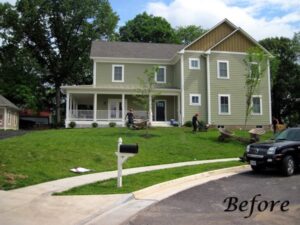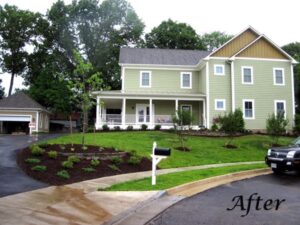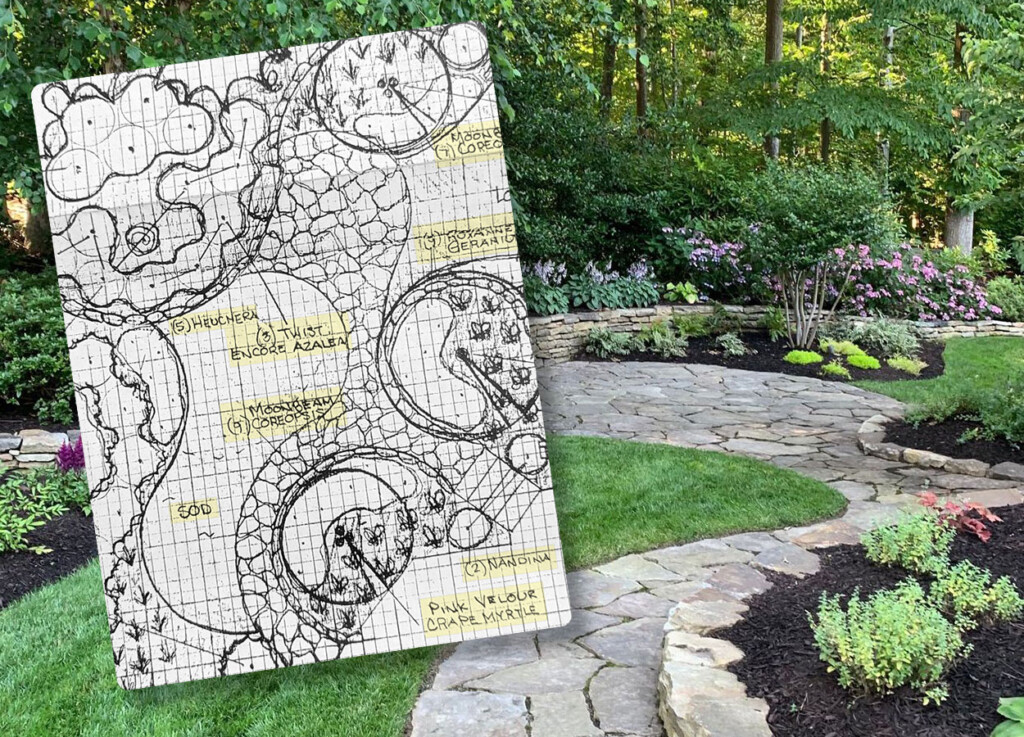
Jennifer Whalley has enjoyed a successful career creating hundreds of cost-effective, award-winning landscapes. Her design strength is visualizing the whole picture where the hardscape design; walkways, terraces, decks, patios, and/or ponds are married to the surrounding landscape to create the ultimate “room with a view”.
Her extensive portfolio includes being showcased on HGTV’S hit show Curb Appeal. Ms. Whalley is a talented, experienced and dedicated professional. Her friendly approach and impressive client base consistently deliver her a large volume of repeat and referral business.
• Graduate of Michigan State University
• Bachelor Degree in Landscape Architecture
• Over 24 years of experience with Meadows Farms Design & Installation
• Senior Architect specializing in cost-effective, award-winning landscapes
• Project strength = visualizing the whole picture – marrying hardscape to planting, water features, and lighting
• Extensive portfolio with large repeat/referral business
571-237-0621
Jennifer Serves Clients in Virginia, Including:
- Fairfax
- Loudoun
